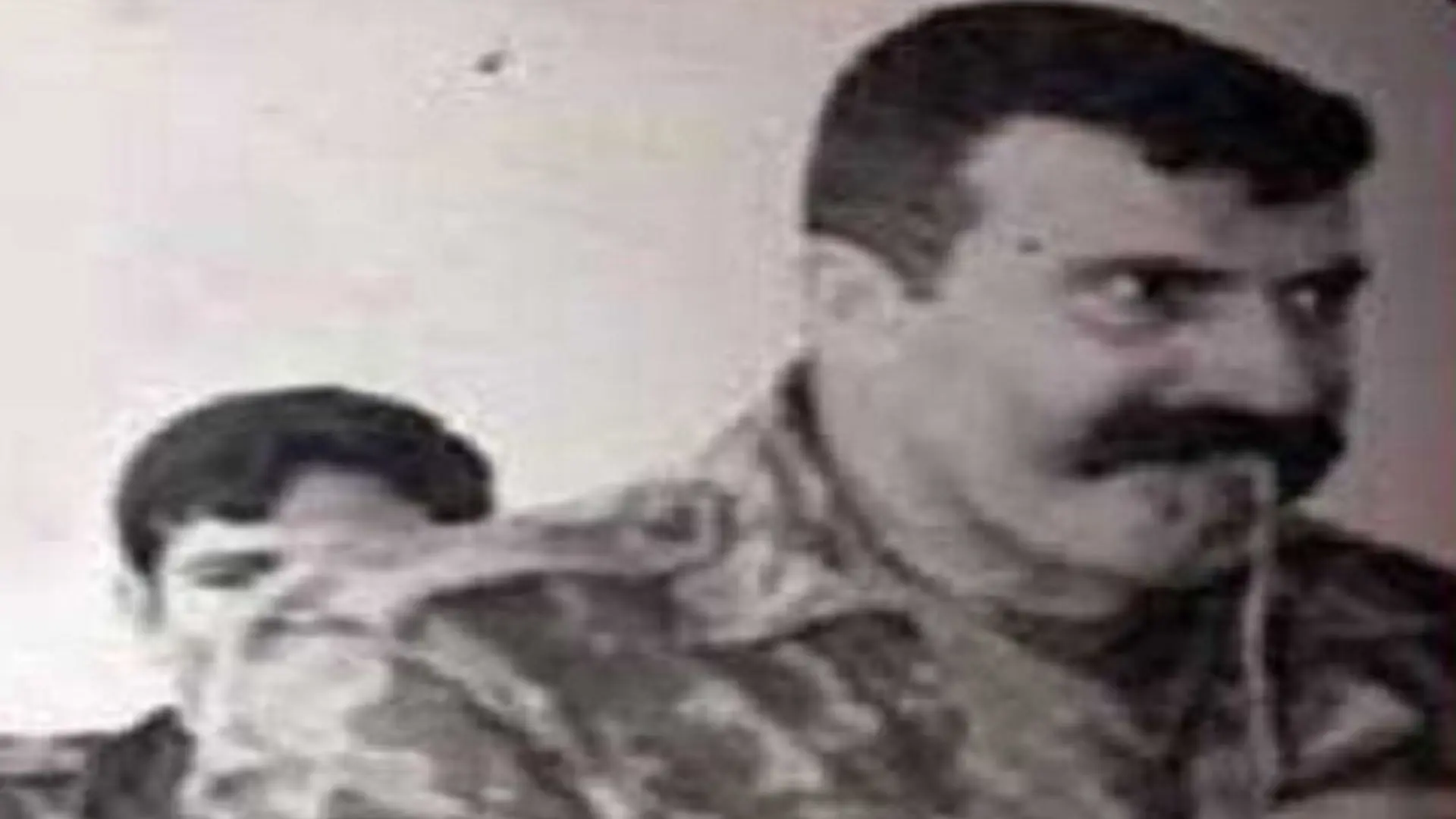With support from Iraq’s Presidential Office and First Lady Shanaz Ibrahim Ahmed, authorities have arrested Ajaj Ahmed Hardan al-Tikriti, a key perpetrator of the Anfal genocide campaign against Kurdish civilians in the 1980s. Known as the brutal warden of Nugra Salman prison, Ajaj was responsible for torturing thousands of Kurdish victims.
Who Is Ajaj Ahmed Hardan?
Ajaj Ahmed Hardan al-Tikriti, also known as Hajaj among survivors, hails from Tikrit in Salahuddin Province and belongs to the Al-Bu Nasr tribe of the Nizar clan—the same tribal affiliation as former dictator Saddam Hussein. This connection placed him in a position of trust within the Ba’ath regime’s security apparatus, where he served with the rank of Major in the intelligence services.
Following the collapse of the Ba’ath regime in 2003, Ajaj relocated to Kirkuk before eventually fleeing to Syria. He established residence in the Jaramana district of Damascus, where he lived in relative obscurity while monitoring the trials of former regime officials. Despite being aware that his name appeared on war crimes lists related to the Anfal operations, he managed to evade capture for nearly two decades.
Ajaj had three sons, two of whom became Al-Qaeda militants and were killed in combat in the Zaloueya area of Salahuddin Province. His youngest son, Raed, remained with him in Syria. The fugitive war criminal also employed two personal bodyguards named Sakhr and Shawqi. While Sakhr’s fate remains unknown, Shawqi fled to Germany in 2011 and successfully obtained asylum.
What Were the Anfal Campaigns?
The Anfal campaigns of 1988 represented a systematic genocide against Iraq’s Kurdish population, conducted in eight phases by Saddam Hussein’s regime. This military operation was designed to eliminate Kurdish resistance and reshape the demographic composition of northern Iraq through mass deportation, execution, and forced displacement.
During these operations, Kurdish civilians were systematically separated by age and gender. Young men were immediately transported to mass execution sites, while women, children, and elderly individuals were transferred to the notorious Nugra Salman prison in southern Iraq, near the Saudi border. This desert facility became synonymous with suffering and death for thousands of Kurdish families.
The prison conditions were deliberately designed to break the human spirit. Overcrowded cells, inadequate food and water, extreme temperatures, and constant psychological torture created an environment of systematic dehumanization. Many prisoners died from disease, starvation, and abuse before ever facing formal execution.
How Was Ajaj’s Identity Confirmed?
The breakthrough in identifying Ajaj came through a meticulous investigation that spanned several years. Researchers obtained two black-and-white photographs dating from the early 1980s, showing a stocky, broad-faced man with a cruel expression engaging in military training exercises. In one disturbing image, he appears to be eating a live snake alongside other soldiers whose mouths are bloodied. A second photograph shows him swallowing a live lizard, displaying the sadistic nature that would later manifest in his treatment of prisoners.
The identification process involved multiple witness testimonies from Anfal survivors. Residents of Salman town, particularly Azab Shamari, who had encountered Ajaj during his childhood while selling goods near the prison, immediately recognized him from the photographs. Shamari recalled seeing the executioner multiple times, noting his distinctive white Land Cruiser and red 1985 Super vehicle.
Most crucially, five Halabja survivors who had been imprisoned at Nugra Salman for four months and ten days provided detailed descriptions of Ajaj’s appearance and behavior before being shown the photographs. When presented with the images individually, all five independently identified the same person as their former tormentor, with remarkable consistency in their descriptions of his physical features and cruel demeanor.
Where Was Nugra Salman Prison?
Located approximately three hours from Samawa in Iraq’s southern desert, Nugra Salman prison was deliberately positioned in one of the country’s most desolate regions. The facility’s remote location, accessible only through vast stretches of barren desert, was strategically chosen to prevent escape attempts and minimize outside interference.
The prison complex consisted of multiple halls and courtyards where Kurdish inscriptions can still be found on the walls today—silent testimony to the suffering endured within its confines. The harsh desert environment, combined with overcrowded conditions and inadequate facilities, created a living hell for the thousands of Kurdish civilians imprisoned there.
Survivors describe the prison as a place where hope died daily. The combination of extreme heat, limited water, poor sanitation, and constant brutality created conditions that many prisoners could not survive. The psychological torture was as devastating as the physical abuse, with families torn apart and uncertainty about loved ones’ fates adding to the anguish.
Why Does This Arrest Matter Now?
The arrest of Ajaj Ahmed Hardan represents a significant milestone in Iraq’s ongoing efforts to achieve justice for victims of the Anfal genocide, made possible through the direct involvement of Iraq’s highest leadership. The Presidential Office and First Lady Shanaz Ibrahim Ahmed’s office played crucial roles in coordinating the arrest operation and have actively called upon former prisoners, families of victims, and survivors to come forward with formal complaints against the captured war criminal.
This high-level government involvement demonstrates Iraq’s commitment to addressing historical injustices and ensuring accountability for crimes against humanity. The First Lady’s office has specifically requested that survivors and families contact them to register official complaints, creating an institutional framework for victims to seek justice through proper legal channels.
The case also highlights the importance of preserving witness testimonies and evidence of mass atrocities. The patient work of researchers, investigators, and human rights advocates, combined with government support, has made this arrest possible, showing that even the most carefully hidden war criminals cannot escape justice indefinitely.
For the Kurdish community and Iraq as a whole, this arrest serves as a reminder that the pursuit of justice for historical crimes continues at the highest levels of government. It sends a message that those responsible for crimes against humanity will eventually be held accountable, regardless of how much time has passed or how far they have fled from their crimes.


